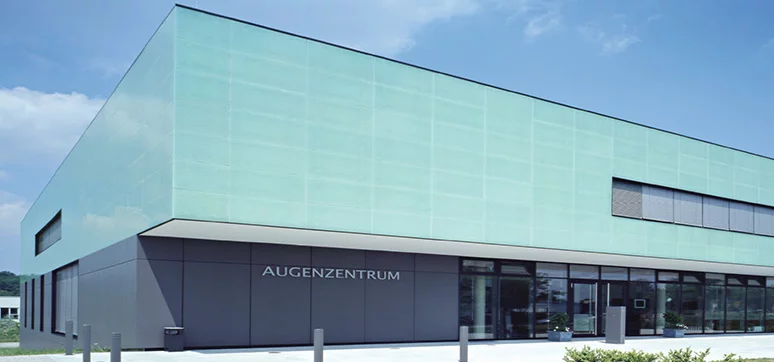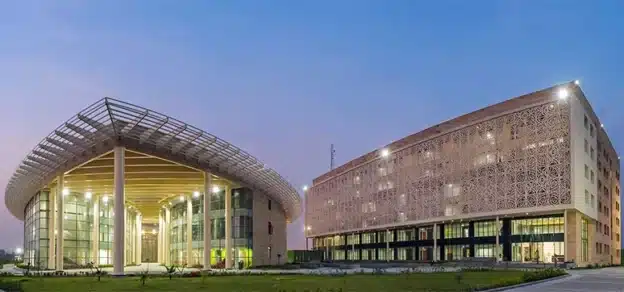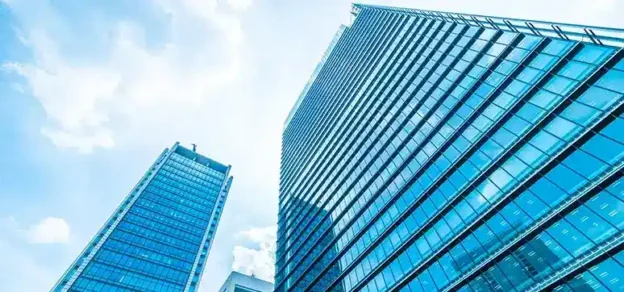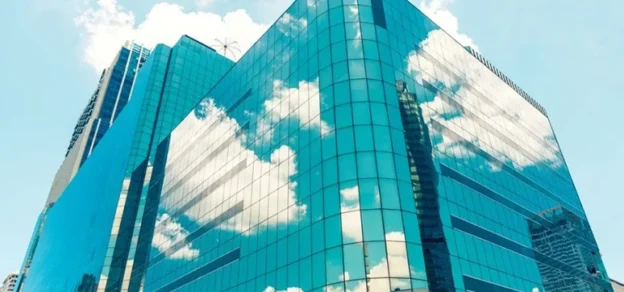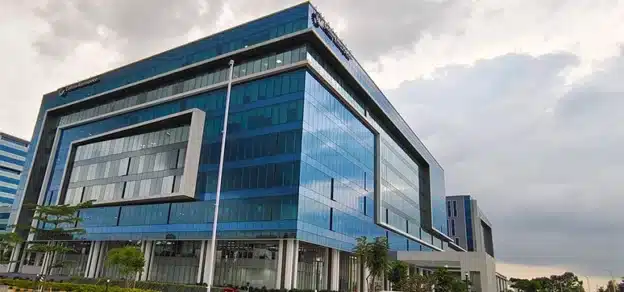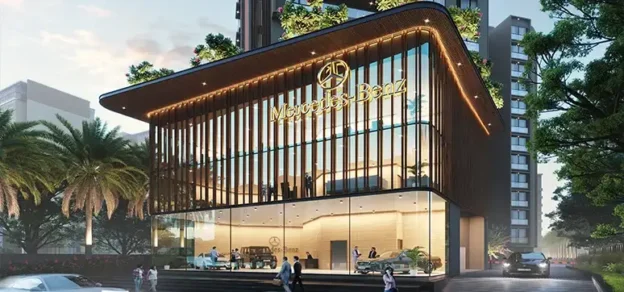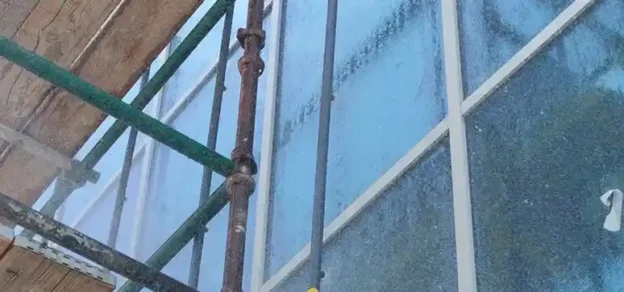Construction industry is the largest energy consumer and greenhouse gas emitter, both in the developed and developing countries. We must admit the role of construction industry in the global warming issues. Keeping the social responsibility towards the future generations in mind, many new innovative products are coming in to the market. One such product is glass ceramic.
Glass ceramic stands as a true performance circular economy material which offers a wide range of applications bringing full creative freedom and functionality.
The main advantage of glass ceramic is not only its contribution to the environment, but of a unique, exclusive and durable material, produced under stringent quality standards which also offers an exciting aesthetics.
This glass ceramic material is almost 100% recyclable. Glass ceramic plays an important role in the careful use of natural resources and improvement of the sustainability balance in building projects and design objects. This is an enormously important factor in view of ecological requirements.
When polished, glass ceramic emits a radiant shimmer, and when patinated/leather surfaced, it has a unique appearance and texture.
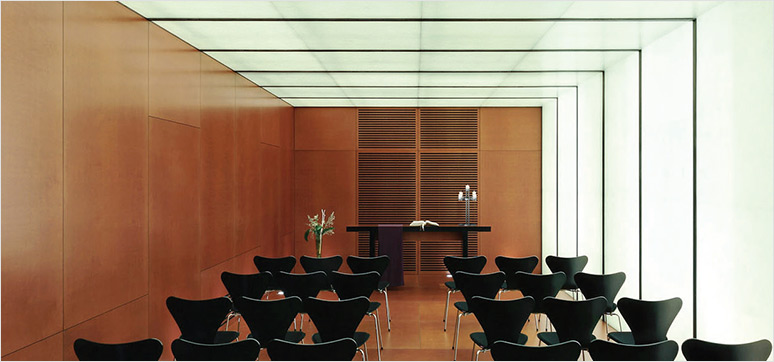
Two main application areas are offered, external façade cladding and wall and interior fit-out. One can find its application in construction industry in all the places, where all we can find granite and glass used as slabs, for example kitchen tops, table/bar tops, wash basins, cladding, steps, flooring in interior applications. On one hand, the interior design applications, such as countertops, vanities and showers or internal walls; and on the other hand, for façade, follow green building recommendations (LEED, BREAM or DGNB).
Particularly awe-inspiring is the magnificence that results when a piece is back-lit, bringing a charming and warming 3D visual effect.
Crystallized Upcycled Glass Ceramic
Glass ceramic is essentially upcycled trade waste glass which is crystallized, but acts like neither glass nor stone. It is a material with more life in it than a clear glass sheet, a material with more evenness and control than natural stone slabs. Glass ceramic is an entirely new sheet material which incorporates the advantages of glass and the beauty of natural stone in one material character.
Glass ceramic is a cladding product that envelopes a design with a timeless and luxurious mantle, a material which not only offers the play of light of a semi-transparent material, heavy durability and low maintenance, but also offers very rare environmental benefits compared to other façade cladding types. The product is so unusual that BREEAM and other ratings, typical product types and listings do not have a suited category.
Glass ceramic is a material made without resort to resins to bond parts together, is an homogenous and annealed, crystallization of sintered glass with the known strength benefits of these crystal structures, it is a material made entirely from broken glass viewed as a waste material from industry; as such it is fully recyclable by any glass processor locally at the end of a long lifespan.
You can, of course, state all glass is recyclable, but in fact to create fresh clear glass from broken cullet one has to use very high temperatures of 1200 deg C which creates a heavy carbon foot print, whereas this product is sintered at around 700 deg C to hugely reduce this negative aspect to around a third of the comparable energy input.
Glass Ceramic For Exteriors Applications

Glass ceramic can be used as a rain screen material as one sees with natural stone slab. However, it has advantages over stone on evenness of colour and pattern, recyclability, durability, self-cleaning capability and also reduced thickness for large panel sizes. Applications can be divided into two main types: open ventilated rainscreen and closed curtain wall but one should say that we can divide it into types of design effect through the level of translucence or one can divide into the method of fixing and detailing. Safety is achieved via lamination to glass or using safety films and also helps bring in transparency, as well as a link between the interior and exterior space with the least adjustment.
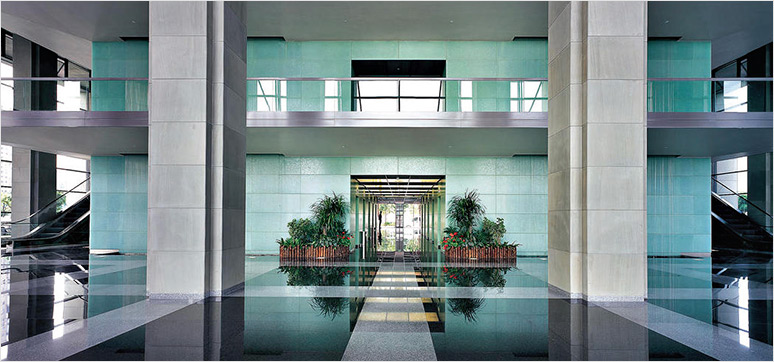
Eco Credentials
- 100% upcycled trade waste glass
- 100% recyclability at local glass processors as there is zero resin content
- Sintering is at a low temperature, around a third of the energy footprint of clear glass recycling
- ISO 14001 environmental management system expected
- Cradle to cradle gold standard expected
- Aims to self-generate 40% of energy & cooling needs from own renewable energy sources.
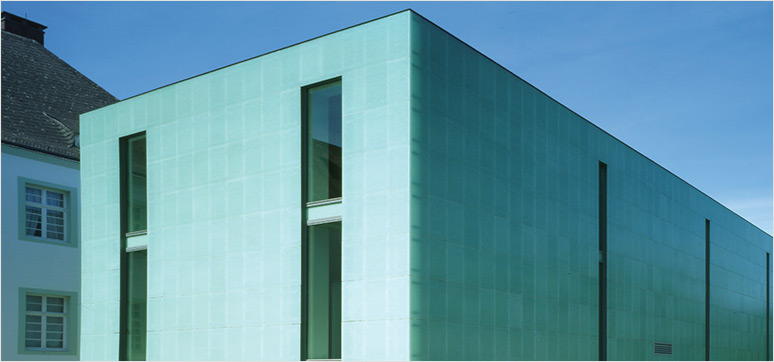
Fixation and Technology of Glass Ceramic
The well-known German fixing specialist Fischer AG has successfully developed the undercut FZP-15×15.5 M8/16 G-Z especially for glass ceramic façades. These can be fitted into the back of every façade panel, according to the required structural needs. Structural glazing of façade panels is also suited to mount glass ceramic on interior walls. Other additional solutions for integrating complex façade panels, such as lamination, which has opened up options for the development of insulating glass, as well as laminated safety glass, which holds itself together upon shattering.
A serious amount of interest has been found in the market for using glass ceramic in a closed system thereby adding a performance to a façade by improving the insulation. It is now being used on major art gallery projects which were considering laminated translucent stone façades but are now looking at a recycled glass durability, imperviousness and its evenness of colour. In this system one can even add warm edge technology and significantly improve the insulation over a laminated solution.
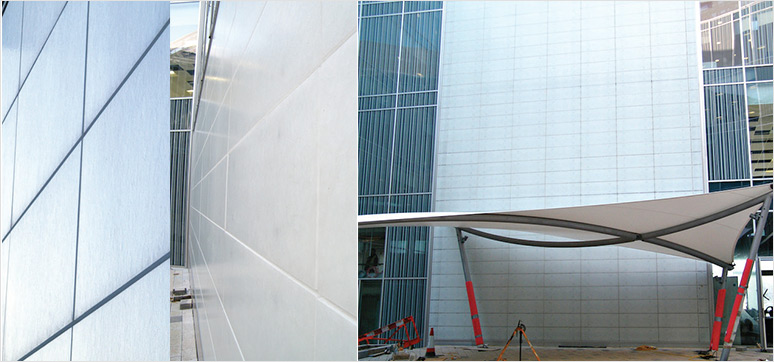
The project, Aedas RHWL Architects’ Talbot Gateway in Blackpool, is of a typical rain screen open jointed solution, using the HILTI undercarriage with the Fischer Anchor.
As Managing Director of Magna Glaskeramik GmbH., Jochen Thumm says, “Sustainability is a trend of the future and glass ceramic, made out of recycled glass is 100 % in trend”.
(The author could be reached at magnaindia@yahoo.com and at +91 9341232491.)
